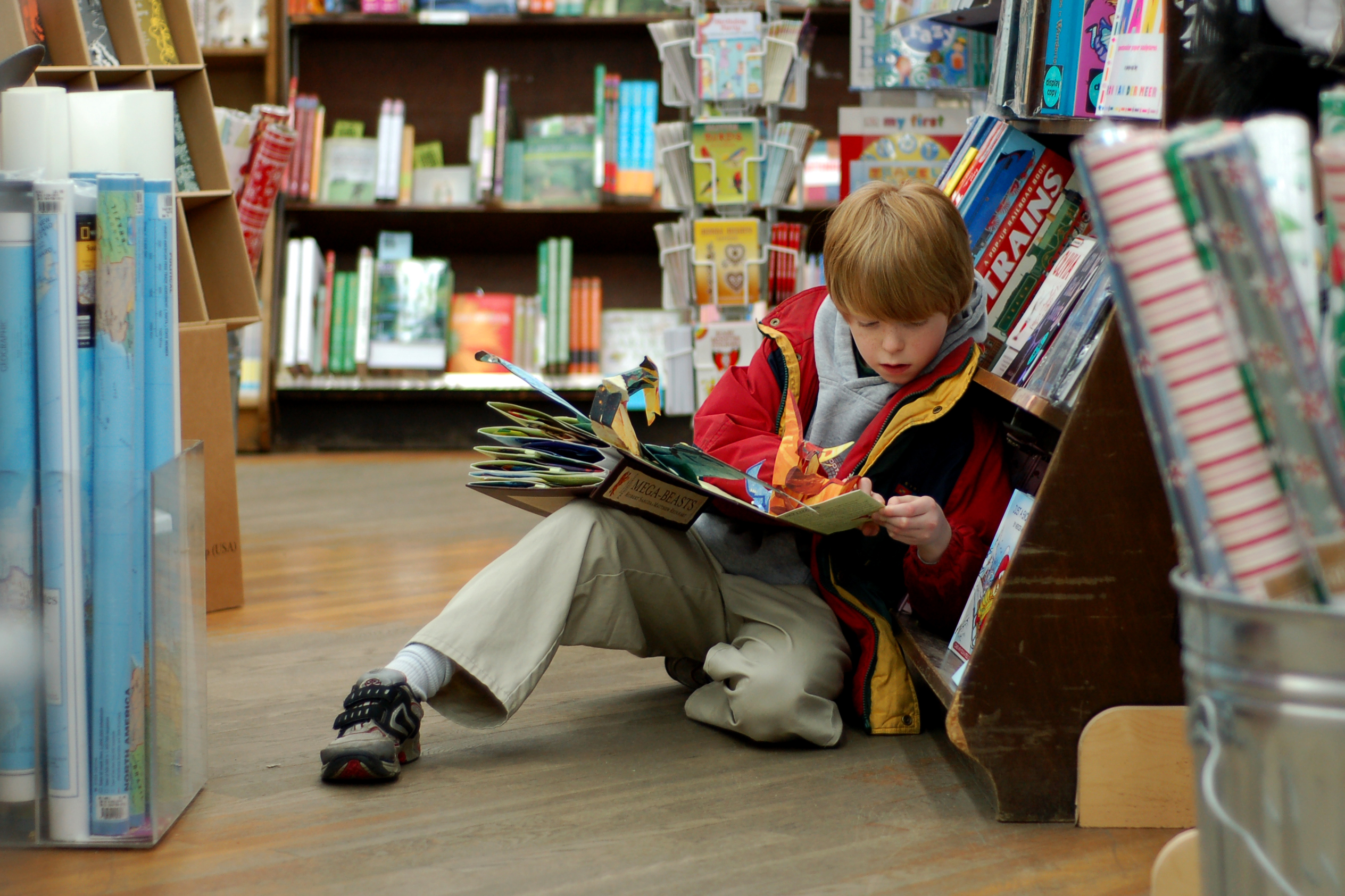In “Everything Will Be Okay,” by James Howe, a young boy named James finds a scruffy kitten and takes it home to keep it as a pet. Unfortunately, his family is less enthusiastic, and his older brother eventually takes him to the vet’s office to put the kitten to sleep. Wanting to keep the kitten isn’t the only difference James has felt between his family and him. He constantly feels pressure to “be a man” by playing golf and hunting with his brothers and father. In the end though, James decides a different path.
In this section, the final scene of the story, James finally decides that enough is enough. He is sitting at the kitchen table after his kitten has died, and he is silent. He gets up and goes to the livingroom where he finally realizes what he needs to do. He thinks, “I will decide for myself what kind of boy I am, what kind of man I will become” (p. 5). This shows that for the first time, he knows that he should take control of his life and make choices based on who he is, not who others want him to be. In essence, he needs to let the fire within him flourish.
I represented this idea with my collage of a hand holding a torch. The hand is James’ of course, and the torch represents James’ burning desire to lead his life the way he sees fit. It will light up the darkness around him. The black background represents that darkness, not only the dark living room where he is when he realizes this, but also his dark past when he was letting others tell him what a man should be.
The flame comes from a bundle of sticks that represent the branch where the dead deer hung. That deer is at the heart of the flame. I chose to put it there because when James stared at it from the kitchen table, he still saw life in it. It is that life that inspired his desire to stand up for himself. Finally, I chose to include bits of yellow around the flame to represent sparks of life that have been ignited by James’ realization. Like sparks landing on dry ground, these sparks will flame into future events in James’s life guided by his own hopes and dreams.
This is important because in life, we often don’t ignite our fires within. We feel pressure from family and friends to do what they expect and what they want when we know that it may go against our true selves. So next time you’re in a situation where you feel pressure, be sure to remember James and listen to your fire within.



























